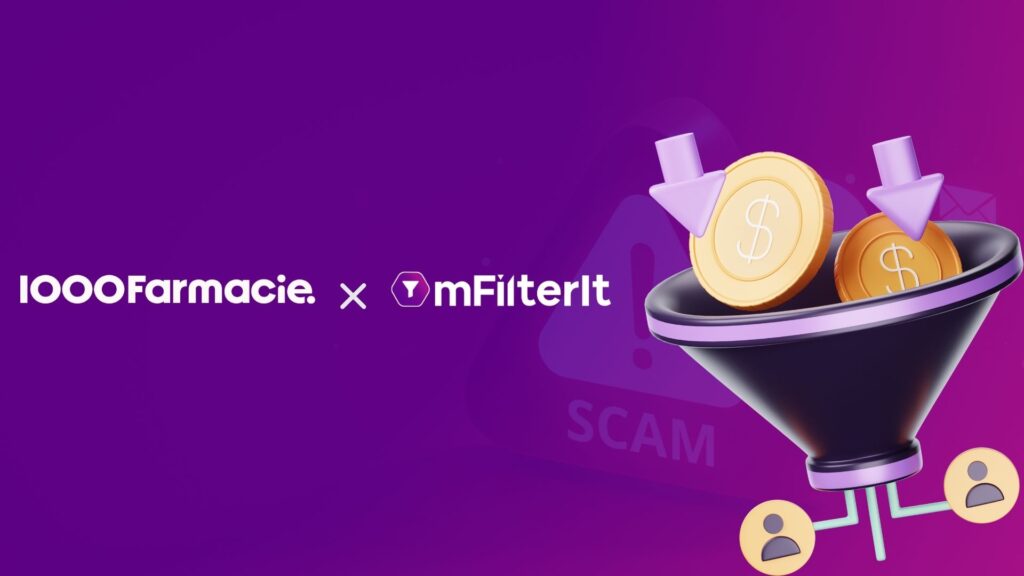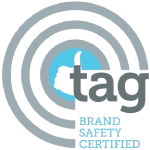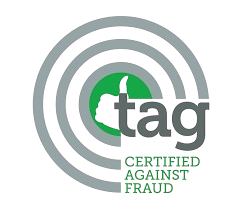Programmatic advertising is seeing a massive growth in the Middle East and Africa region. According to the statistics, the demand of programmatic advertising market will see a splendid growth of 7.89% between the period of 2022-2027.
This increasing demand generates from the region’s growing adoption of digital advertising. Where the demand increases, the challenges emerge as well. As more brands invest in programmatic channels, the challenges increase too. Despite its advanced and automated system of ad delivery, these channels are prone to some fundamental challenges like programmatic ad fraud, brand safety and transparency gaps.
In this blog, we will break down the challenges in programmatic, its impact on advertiser’s campaigns and how marketers can solve it and make their programmatic campaigns effective and brand safe.
Table of Contents
ToggleAn Overview of Challenges in Programmatic Ads in MENA region
Advertisers are often drawn to this due to its promise of scalability, automation and precision targeting. However, these platforms pose several structural and operational challenges that limit the growth for the advertisers and give a picture they didn’t expect. Here are a few key challenges in programmatic that the advertisers in MENA region face today:
– Lack of Transparency
What is not visible cannot be trusted.
Yet, advertisers have to spend trusting the platforms, based on metrics shared, without knowing where their ads are showing up. One of the most persistent issues in programmatic advertising is the limited visibility into where budgets are being spent, who is watching their ads, where their ads are placed.
The supply chain often involves multiple intermediaries — DSPs, SSPs, trading desks, and more — each adding layers of complexity. As a result, advertisers frequently struggle to track where their ads are running, how much is being spent at each step, and whether the impressions served are real or just bot driven.
– Rising Threat of Programmatic Ad Fraud
MENA’s digital ecosystem, while growing, remains vulnerable to various forms of programmatic ad fraud — from invalid traffic (IVT) and fake clicks to domain spoofing and impression laundering. Without robust ad fraud detection and prevention measures, a significant portion of programmatic budgets risks being wasted on non-human or low-quality traffic, diminishing campaign performance and brand trust.
– Limited Access to Quality Inventory
Access to high-quality, premium inventory is still a challenge across many MENA markets. While larger markets like the UAE and Saudi Arabia offer better options, advertisers targeting wider regional audiences often end up buying lower-tier inventory. This affects not just campaign reach but also engagement, conversion rates, and brand perception. And adding to this is the problem of ads appearing beside any unsafe content. This leads to a brand reputation issue for advertisers.
– Measurement and Attribution Gaps
Many advertisers in the region continue to rely on basic performance metrics like clicks and impressions. However, these surface-level KPIs do not paint a full picture of campaign effectiveness. Advanced measurement models like multi-touch attribution (MTA) are still not widely adopted, making it difficult to connect programmatic spend to actual business outcomes like customer acquisition and revenue growth.
– Fragmented Technology Infrastructure
The level of programmatic maturity varies significantly across different MENA countries. What works in the UAE or Saudi Arabia might not scale effectively in Egypt, Kuwait, or Morocco due to differences in publisher ecosystems, audience behavior, and available technology. This fragmentation complicates regional planning and demands a more localized, agile approach to media buying.
– Dependency on Platform-Driven Metrics
Programmatic advertising demands specialized expertise across campaign setup, optimization, fraud detection, and analytics. In the MENA region, there is still a noticeable gap in skilled programmatic talent, leading brands to depend heavily on platform-driven metrics. This dependency often results in less control, reduced transparency, and missed opportunities for optimization.
Emerging Demand of Programmatic Video Advertising in MENA
In the last few years, video content has also become a major medium to drive engagement. Therefore, programmatic video advertising is also seeing a rise in the MENA region. However, this medium also experiences challenges like Frequency Capping Breach, where ads are shown more than the times it is required leading to overexposure and causing ad fatigue for viewers.
How to Solve Programmatic Advertising Challenges — and Where mFilterIt Supports
As programmatic ads expand across the MENA region, brands need more than just automation — they need clarity, credibility, and control. Here’s what an effective programmatic approach looks like — and how mFilterIt supports advertisers along the journey:
– Gaining True Transparency into Ad Traffic and Placements
Without knowing where ads appear and who is engaging with them, optimization becomes guesswork. Valid8, our ad fraud detection solution integrates directly with Demand Side Platforms (DSPs) and other sources to provide advertisers with independent visibility into traffic sources, ad placements, and ad inventory quality across the programmatic ecosystem. With this transparency, brands can make smarter, evidence-based decisions for campaign planning and media buying.
– Validating Traffic and Detecting Fraud Early
MENA’s growing digital market also faces complex threats like invalid traffic (IVT) and domain spoofing. Our ad traffic validation solution applies behavioral analysis, heuristic checks, deterministic models, and frequency validation to verify ad interactions. This enables advertisers to distinguish real users from bots and invalid sources — safeguarding campaign data and ensuring budgets reach intended audiences.
For advertisers spending on programmatic video advertising can curb the impact of frequency capping breach by leveraging the frequency cap monitoring solution. This enables advertisers to keep track of how many times their ads are shown to the users, and if they exceed the frequency cap limit. Proactive monitoring reduces the chances of overexposure of ads to the users and helps the advertisers to genuinely reach their targeted audience.
– Identifying Safer and Higher-Quality Inventory
Ad misplacement can quickly damage brand trust. Valid8 flags suspicious, inappropriate, and Made-for-Advertising (MFA) sites, providing advertisers with placement-level insights. Brands can then proactively blacklist unsafe environments and prioritize premium, brand-safe inventory for better engagement and reputation management.
– Enabling Better Campaign Optimization
By delivering deep, independent insights — such as fraud patterns, placement quality, and traffic authenticity — mFilterIt’s ad fraud validation solution equips advertisers with the intelligence needed to optimize targeting, refine budgets, and maximize ROAS (Return on Ad Spend). It’s not about replacing internal campaign management — it’s about enabling brands to make optimization decisions with complete confidence.
– Adapting to Regional Differences Across MENA
Given the fragmented digital maturity across markets, a one-size-fits-all strategy doesn’t work. mFilterIt’s adaptable validation system considers local differences in publisher ecosystems, audience behavior, and traffic patterns, allowing brands to tailor strategies for different MENA countries more effectively.
– Supporting Continuous Improvement Through Insights
The digital landscape evolves fast. With mFilterIt’s continuous traffic validation and placement monitoring, brands get ongoing insights, helping them regularly fine-tune their media strategies, blacklist low-performing inventory, and better allocate spends for maximum impact.
Conclusion: Programmatic Success Starts with Transparent Campaigns
The programmatic boom in the MENA region brings with it incredible opportunities — but only for brands that prioritize visibility and verification at every step.
With mFilterIt’s ad traffic validation solution, advertisers gain a transparent view of their ad traffic and placement quality, empowering them to optimize performance, safeguard brand reputation, and maximize returns. It’s not about just running campaigns at scale — it’s about running them smartly and safely.
Ready to build smarter, safer, and more impactful programmatic campaigns?
[Connect with mFilterIt today and unlock the full potential of your digital investments.]









